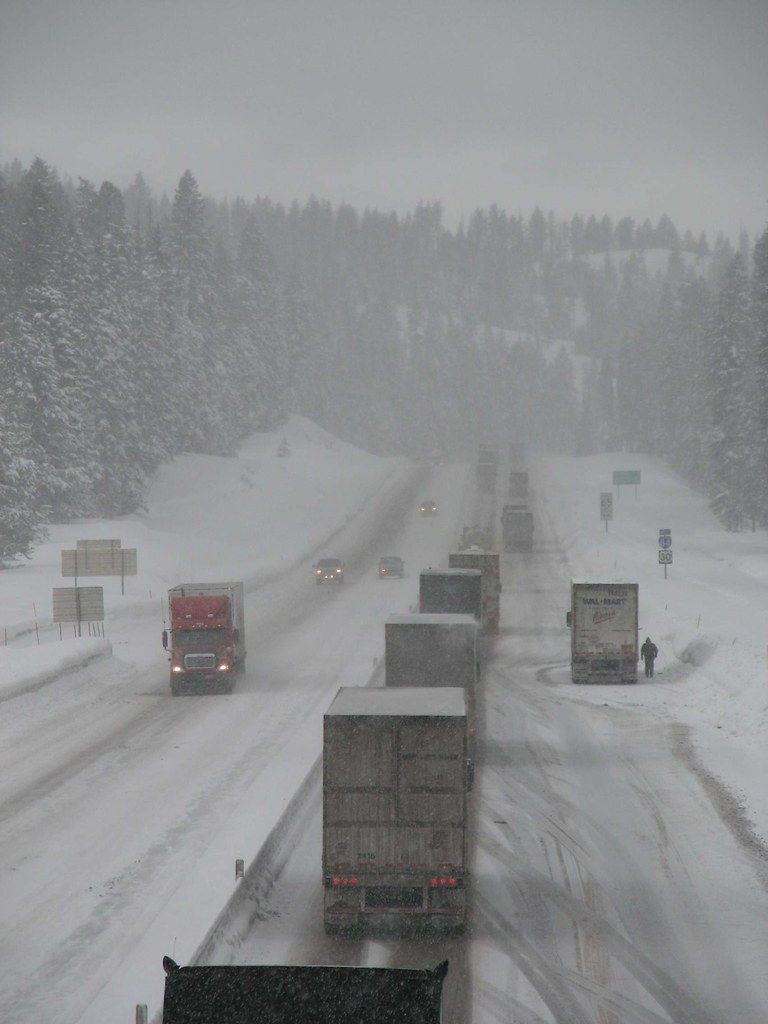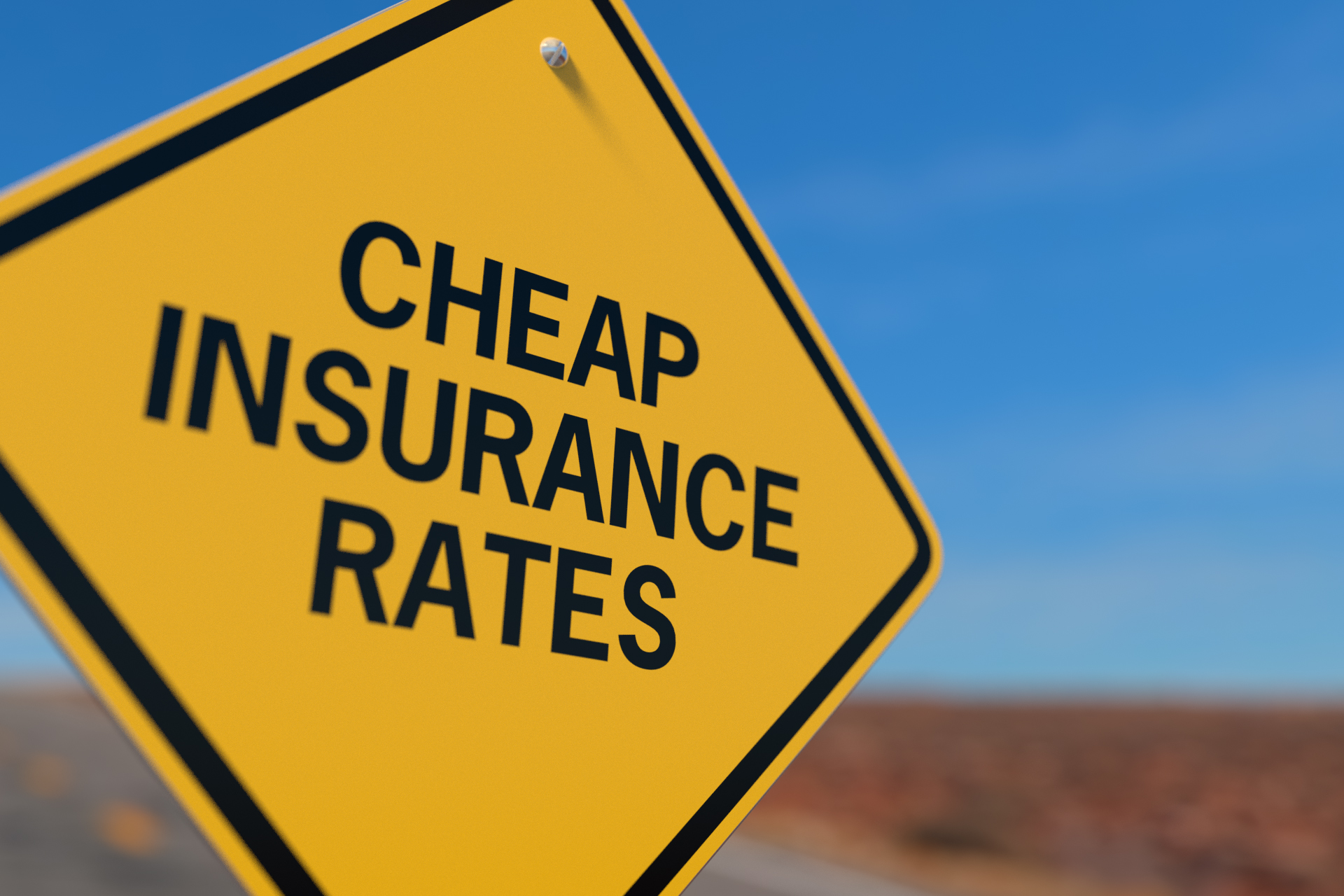
Understanding your car insurance rates can often feel like navigating a complex labyrinth, especially when the costs seem to climb year after year. For many drivers, the state where they reside plays an incredibly significant role in determining how much they pay to keep their vehicles covered. This geographical lottery means that living just across a state line can translate into hundreds, or even thousands, of dollars in annual savings or additional expenses.
Factors ranging from local accident rates and the prevalence of vehicle theft to the specific types of coverage mandated by state laws all contribute to this intricate financial landscape. Beyond these basic considerations, the economic environment, including the cost of vehicle repairs and medical expenses, also directly impacts what insurers charge. It’s a dynamic system where numerous variables converge to create vastly different pricing structures across the nation.
In this comprehensive analysis, we delve into 13 states where car insurance rates are among the highest in the country, offering an in-depth look at the specific reasons why drivers in these areas face such substantial premiums. We’ll explore the data-driven insights and unique challenges each of these states presents, providing a clearer picture of the financial realities for motorists in these high-cost regions.

1. **Louisiana: The Apex of High Premiums**Louisiana holds the unenviable top spot for the most expensive car insurance in the country, with an average annual premium for full coverage reaching a staggering $2,883. This figure places the Pelican State significantly above the national average, a burden felt acutely by its residents. The state’s journey to this position has been marked by substantial increases, including a 14% jump in average premiums in 2023 alone, amounting to a $348 increase from the previous year. Looking back further, rates in Louisiana have surged by an alarming 73% since 2019, highlighting a persistent upward trend.
A primary driver of these escalating costs is Louisiana’s litigious environment. The state is characterized by a higher-than-average number of car insurance lawsuits, which inevitably leads to bigger settlements and increased expenses for insurance providers. These heightened costs are then passed on to policyholders through higher premiums, creating a cycle that disproportionately affects all drivers in the state.
Furthermore, the prevalence of uninsured and underinsured drivers adds another layer of financial risk. A 2019 report estimated that 11.7% of drivers in Louisiana lacked adequate insurance coverage. This high percentage significantly increases the likelihood of lawsuits and uninsured motorist claims, compelling insurers to raise rates across the board to offset these potential liabilities. The combination of a highly litigious culture and a substantial number of inadequately insured drivers creates a challenging and costly landscape for car insurance in Louisiana.
Adding to these challenges are the impacts of severe weather events. Louisiana is particularly prone to hurricanes, which can cause extensive damage to vehicles and infrastructure. Paying out numerous claims in a short period following such catastrophic events puts immense pressure on car insurance companies, often resulting in broader premium increases for all policyholders. State regulators have also approved these rate increases, acknowledging the impact of inflation on the cost of parts and labor for repairs.

2. **Florida: The Sunshine State’s Stormy Rates**Florida consistently ranks among the states with the highest car insurance rates, coming in second with an average annual premium of $2,694 for full coverage. While it has dropped slightly from the very top spot, its premiums remain exceptionally high, costing drivers an average of $189 less annually than Louisiana. The average premium in Florida for full coverage still saw an increase of 4%, or $111, from 2022 to 2023, reflecting ongoing pressures.
One of the most significant factors contributing to Florida’s high rates is its geographical position within what is commonly referred to as “hurricane alley.” The state experiences consistent high winds, flooding, and widespread property damage due to frequent severe weather events. Claims related to hail and water damage lead to substantial underwriting losses for insurers, prompting many to raise premiums or, in some cases, withdraw from the market altogether, further limiting competition and driving up costs.
Florida also grapples with a high number of young drivers, which statistically correlates with increased accident rates and claims. With 12 universities and an enrollment exceeding 300,000 students, alongside numerous other colleges and trade schools, the presence of a large population of less experienced drivers contributes to a higher overall risk profile for the state. This demographic reality inherently influences premium calculations.
Moreover, the state faces a considerable challenge with uninsured drivers, boasting one of the highest rates in the country, exceeding 20%. This significantly elevated percentage means that responsible, insured drivers often bear the financial brunt of accidents involving those without coverage, as insurers adjust rates to account for these risks. Florida also operates under no-fault laws, which, combined with a propensity for fraud, tend to push car insurance costs higher for everyone.
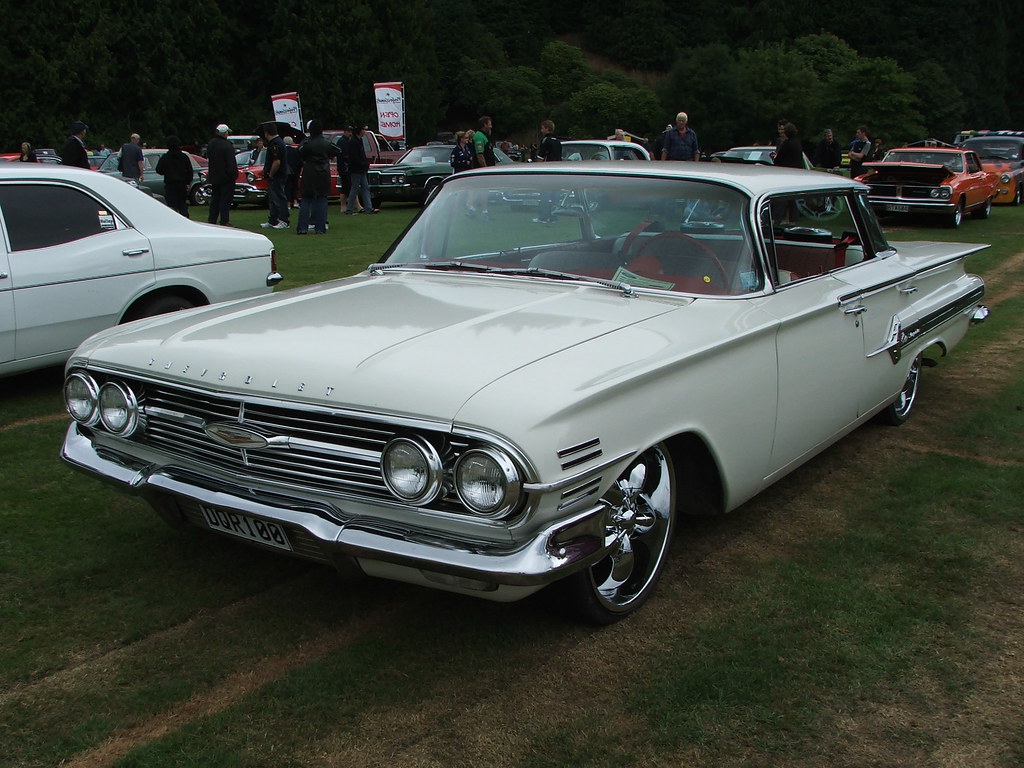
3. **California: Navigating Golden State Gridlock and Costs**California’s car insurance premiums have seen a notable ascent, positioning it as the third most expensive state for full coverage, with an average annual premium of $2,416. This figure marks a significant 15% increase from its 2022 average of $2,110, underscoring a challenging period for motorists in the state. Several intertwined factors have contributed to this climb, ranging from legislative decisions to the operational dynamics of insurance providers.
One key element driving these increases has been state-mandated changes and the approval of numerous rate hikes. In 2023, the state insurance department greenlit 111 car insurance rate increases, reflecting the rising costs faced by insurers. These approvals often stem from the increasing expenses associated with auto parts and labor services, which are directly impacted by broader economic inflation. The cost of repairing even minor damage has escalated, forcing insurers to adjust their pricing structures accordingly.
Furthermore, California has experienced issues with insurers allegedly attempting to stem losses by “discouraging, delaying and denying customer access to insurance,” as noted by California Insurance Commissioner Ricardo Lara. This slowdown in new policy approvals creates a less competitive market and can lead to less favorable options for consumers. The Commissioner’s office has pledged to monitor these processes closely and take action if legal standards are not met, signaling the severity of these challenges within the state’s insurance landscape.
The state’s large urban areas and high population density also contribute to more frequent car accidents and claims. Congested roadways naturally increase the risk of collisions, which in turn elevates the overall cost of insurance for drivers across the state. The complex interplay of these regulatory, economic, and demographic factors collectively pushes California’s car insurance rates significantly higher.

4. **Colorado: Rocky Mountain Highs in Premiums**Colorado has witnessed a substantial surge in car insurance premiums, now averaging $2,337 annually for full coverage. This represents a staggering 29% increase from $1,807 in 2022, translating to an additional $530 for Colorado drivers in just one year. This dramatic hike is attributed to a combination of rising costs, risky driving behaviors, and complexities within car insurance policy laws, creating a perfect storm for higher rates.
Over the past decade, insurance rates in Colorado have seen an overall increase of 53%, a trend that continues with recent inflationary pressures. The Rocky Mountain Insurance Association highlights a sharp 40% increase in bodily injury claim severity between 2018 and 2022. This severity is linked to medical inflation, which drives up the cost of injury treatments, and a rise in legal system abuse, where claims may be inflated or unnecessarily litigated. Additionally, a concerning rise in traffic fatalities further exacerbates the claims burden on insurers.
The legal framework surrounding insurance policies in Colorado also presents its own set of challenges. The need for greater legal transparency and clarity in insurance policies has been identified, as issues such as policyholders potentially “double-dipping” on medical payment coverages have come to light. These legal complexities and market-based incidents can lead to higher payouts and increased administrative costs for insurers, which are then reflected in the premiums charged to all drivers.
Effectively, Colorado drivers are confronting a multifaceted problem where economic inflation, increasingly severe accident claims, and legal ambiguities combine to drive up the cost of their car insurance. Addressing these underlying issues would be crucial in stabilizing and potentially lowering premiums in the long term for residents across the state.
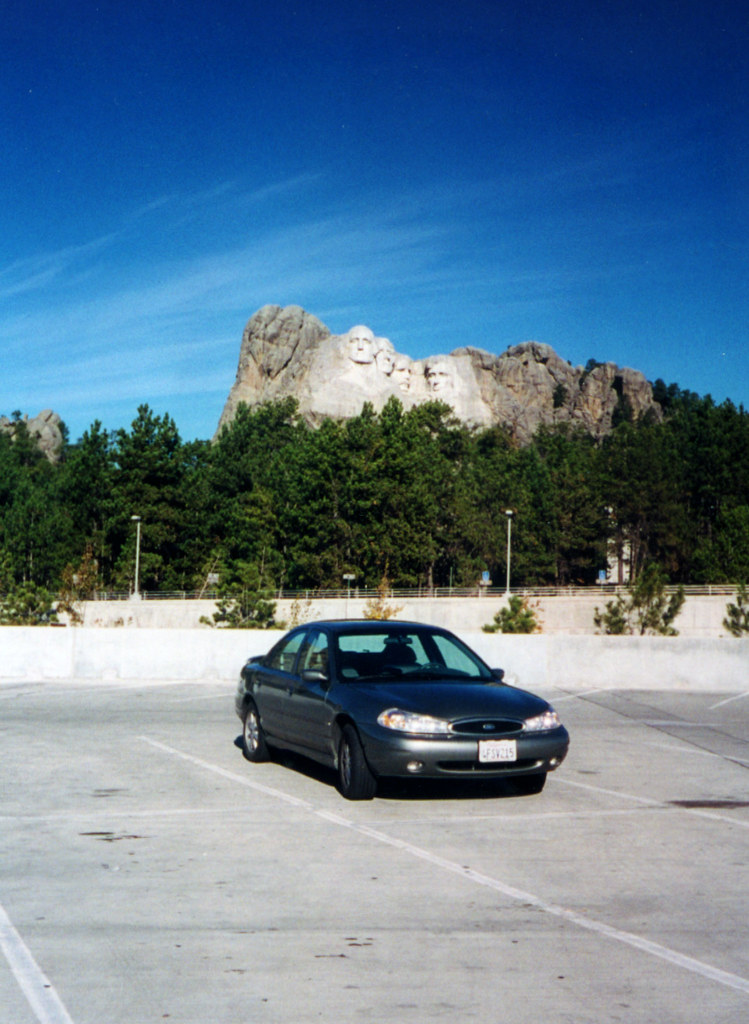
5. **South Dakota: A Surprising Spike in the Heartland**In a somewhat unexpected turn, South Dakota experienced a dramatic rise in full coverage car insurance premiums in 2023, with rates nearly doubling from $1,553 to $2,280 annually. This 47% increase positions the state as the fifth most expensive in the country, a significant leap attributed to a confluence of rising inflation costs, an uptick in road accidents and claims, and an increase in overall driving miles.
Inflationary pressures have played a considerable role, as the cost of vehicle parts and labor for repairs has increased substantially. These higher operational costs for insurers are directly translated into higher premiums for policyholders. Every aspect of post-accident recovery, from sourcing specialized components to paying skilled technicians, has become more expensive, impacting the financial models of insurance companies.
Moreover, the state has witnessed an observable increase in the number of drivers on the road since 2020, as noted by State Farm Agent Ryan Reiner. This higher traffic volume inevitably leads to an uptick in accidents and, consequently, a rise in claims. More claims mean more payouts for insurers, creating pressure to adjust rates to maintain profitability and solvency. The increased frequency of accidents is a direct result of more vehicles sharing the roadways.
Adding to these factors, some insurers are now adjusting their rates based on driving miles, with a reported 7% to 8% increase for drivers covering between 7,500 and 10,000 miles per year. This shift reflects a growing trend where usage patterns more directly influence premium calculations. The combination of more drivers, more accidents, rising repair costs, and mileage-based pricing has collectively driven South Dakota’s car insurance rates to unprecedented levels.
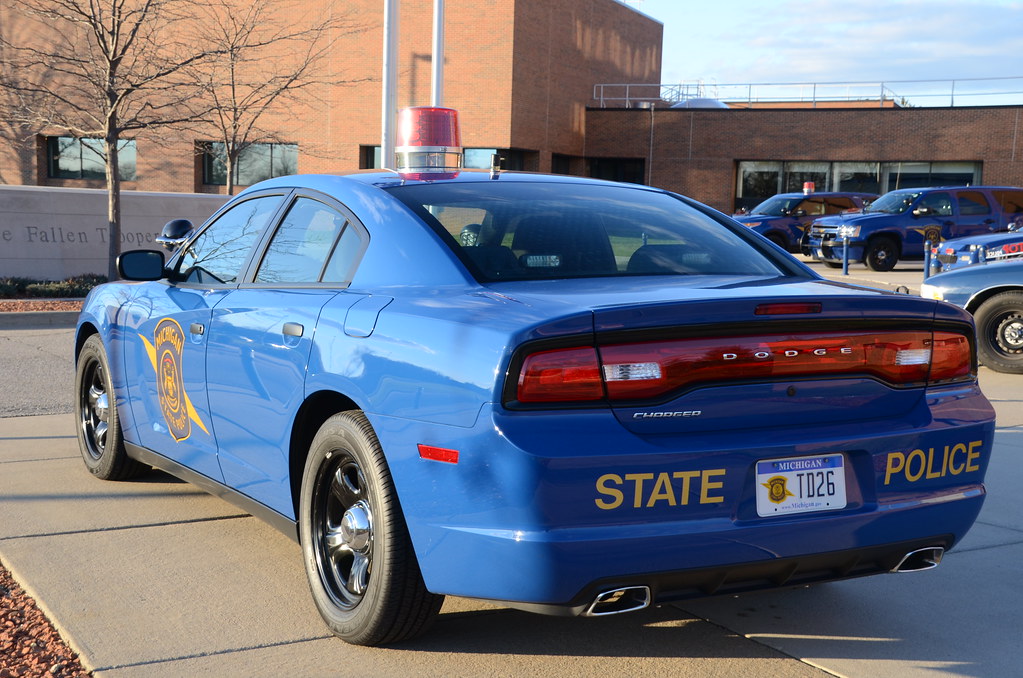
6. **Michigan: No-Fault Laws and Their Costly Consequences**Michigan consistently ranks among the states with elevated car insurance premiums, placing sixth with an average annual cost of $2,266 for full coverage. While not experiencing the same dramatic percentage hikes as some other states in a single year, Michigan’s rates remain significantly higher than the national average due to a unique blend of legislative and economic factors that have historically shaped its insurance market.
A primary factor contributing to Michigan’s high costs is its no-fault insurance laws. Under a no-fault system, drivers involved in an accident typically file claims with their own insurance company for medical expenses and lost wages, regardless of who was at fault. While designed to streamline the claims process and reduce litigation, no-fault states, including Michigan, often contend with higher rates of fraud. This fraudulent activity, ranging from inflated medical claims to staged accidents, directly drives up the cost of car insurance for all honest policyholders.
The comprehensive nature of Michigan’s no-fault benefits, particularly for medical coverage, has historically been a significant cost driver. Although recent reforms have aimed to reduce some of these expenses, the legacy of expansive benefits continues to influence the state’s premium structure. Insurers must budget for potentially high medical payouts, which necessitates higher overall rates to maintain financial stability.
Beyond the no-fault framework, Michigan’s urban density in areas like Detroit and its surrounding metropolitan areas can contribute to increased accident frequency and vehicle theft rates. These localized risks, combined with the general cost of vehicle repairs and medical care, further complicate the premium calculation. The interplay of these specific laws and regional risk factors positions Michigan as one of the country’s most expensive states for car insurance.

7. **Kentucky: The Bluegrass State’s Pricey Policies**Kentucky rounds out our first seven most expensive states for full coverage car insurance, with an average annual premium of $2,228. While specific, detailed reasons for Kentucky’s 2023 ranking are not highlighted with the same granularity as the top five, its consistent presence on this list points to a combination of broad factors that drive up insurance costs across the nation. Understanding these underlying elements provides insight into why Kentucky drivers face such significant expenses.
Kentucky rounds out our first seven most expensive states for full coverage car insurance, with an average annual premium of $2,228. While specific, detailed reasons for Kentucky’s 2023 ranking are not highlighted with the same granularity as the top five, its consistent presence on this list points to a combination of broad factors that drive up insurance costs across the nation. Understanding these underlying elements provides insight into why Kentucky drivers face such significant expenses.
Several general factors contribute to high car insurance rates in various states, and Kentucky is no exception. These often include the mandatory coverage types required by state law, which dictate the minimum level of protection drivers must carry. More extensive or unique requirements can inherently increase the baseline cost of policies. The specific demands of these regulations directly influence how insurers price their products within the state.
Furthermore, the costs associated with vehicle repair and medical expenses play a substantial role. When the price of auto parts increases, or the labor required for repairs becomes more expensive, these higher costs are reflected in insurance premiums. Similarly, the prevailing medical costs for treating injuries sustained in car accidents directly impact the bodily injury portion of policies. Kentucky’s economic environment in these areas likely contributes to its position on this list.
High levels of car theft and vandalism in certain areas, as well as the frequency of severe weather events, can also significantly impact car insurance costs. While Kentucky may not be in a designated “hurricane alley,” it can still experience severe weather that leads to property damage claims. The cumulative effect of these various risk factors, alongside state-specific legal and economic conditions, helps explain why drivers in Kentucky find their car insurance rates among the highest in the country.
Continuing our exploration of the states where car insurance costs hit the highest marks, we now turn our attention to the next six states on our list for full coverage premiums. These regions present their own unique financial landscapes for drivers, shaped by a combination of environmental, demographic, and regulatory factors that collectively push rates above the national average. Understanding these influences is key to navigating the complexities of auto insurance across the country.
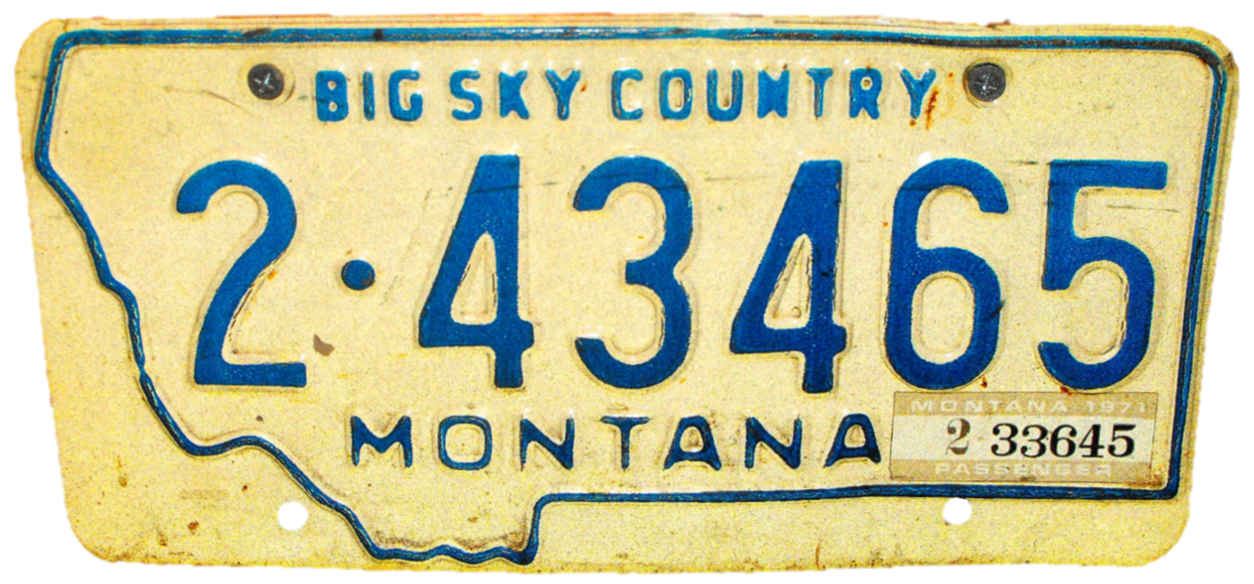
8. **Montana: Big Sky Country’s Big Premiums**Montana, often celebrated for its sprawling landscapes and rugged beauty, presents a surprising entry into the list of states with the highest car insurance premiums, averaging $2,193 annually for full coverage. While not typically associated with the dense urban congestion of other high-cost states, the vast distances and unique demographics of Big Sky Country contribute to its elevated rates. These factors create a distinct set of challenges for insurers operating within the state, necessitating a careful balance of risk assessment.
One significant element contributing to Montana’s higher rates can be linked to the costs associated with vehicle repair and medical expenses. In sparsely populated areas, the logistics of transporting damaged vehicles to repair shops or accessing specialized medical facilities can become costly. This geographical reality can drive up the price of services due to extended travel distances or a limited number of providers, directly impacting the financial obligations of insurance companies.
Furthermore, the prevalence of uninsured or underinsured drivers can add another layer of financial risk for all insured motorists in the state. While specific percentages for Montana are not detailed, a higher proportion of drivers without adequate coverage means that responsible policyholders may bear the financial brunt of accidents involving these individuals. This compels insurers to adjust rates across the board to offset potential liabilities arising from such incidents.
Beyond these factors, the type of mandatory coverage required by state law can also establish a higher baseline cost for policies, influencing the initial premium. The nature of driving in Montana, which often involves longer distances and varying road conditions—from highways to rural routes—could also play a role, potentially leading to specific types of claims that are more costly or complex to resolve. The cumulative effect of these elements places Montana drivers on the higher end of the national spectrum for car insurance costs.

9. **Washington, D.C.: Capital Costs for Car Coverage**The District of Columbia, a bustling metropolis with a unique blend of urban density and commuter traffic, sees car insurance premiums averaging $2,157 annually for full coverage. Despite its relatively small geographical footprint, the nation’s capital faces a confluence of factors common to highly populated areas, which collectively drive up the cost of insuring a vehicle within its borders. The intense urban environment is a primary determinant of these elevated rates.
High population density in urban areas like Washington, D.C., inevitably leads to increased traffic congestion. This gridlock translates directly into a higher frequency of car accidents and claims, as more vehicles sharing limited road space statistically increases the likelihood of collisions. Insurers must account for this heightened risk when calculating premiums, reflecting the greater probability of having to pay out on claims within the district.
Beyond accident frequency, the urban setting also contributes to other risks, such as higher rates of vehicle theft and vandalism. These incidents add another layer of financial burden for insurance companies, as comprehensive claims for stolen vehicles or damaged property become more common. Protecting against these urban-specific risks requires insurers to allocate more resources, which is reflected in the premiums charged to policyholders.
Furthermore, jurisdictions with complex legal environments can see insurance costs rise due to a higher-than-average number of car insurance lawsuits or more expensive settlement outcomes. While specific details for Washington, D.C. are not provided, dense urban centers can often present more opportunities for litigation, potentially driving up costs for all drivers. The interplay of these dense urban conditions and legal considerations makes Washington, D.C., a costly place for drivers to secure full coverage car insurance.
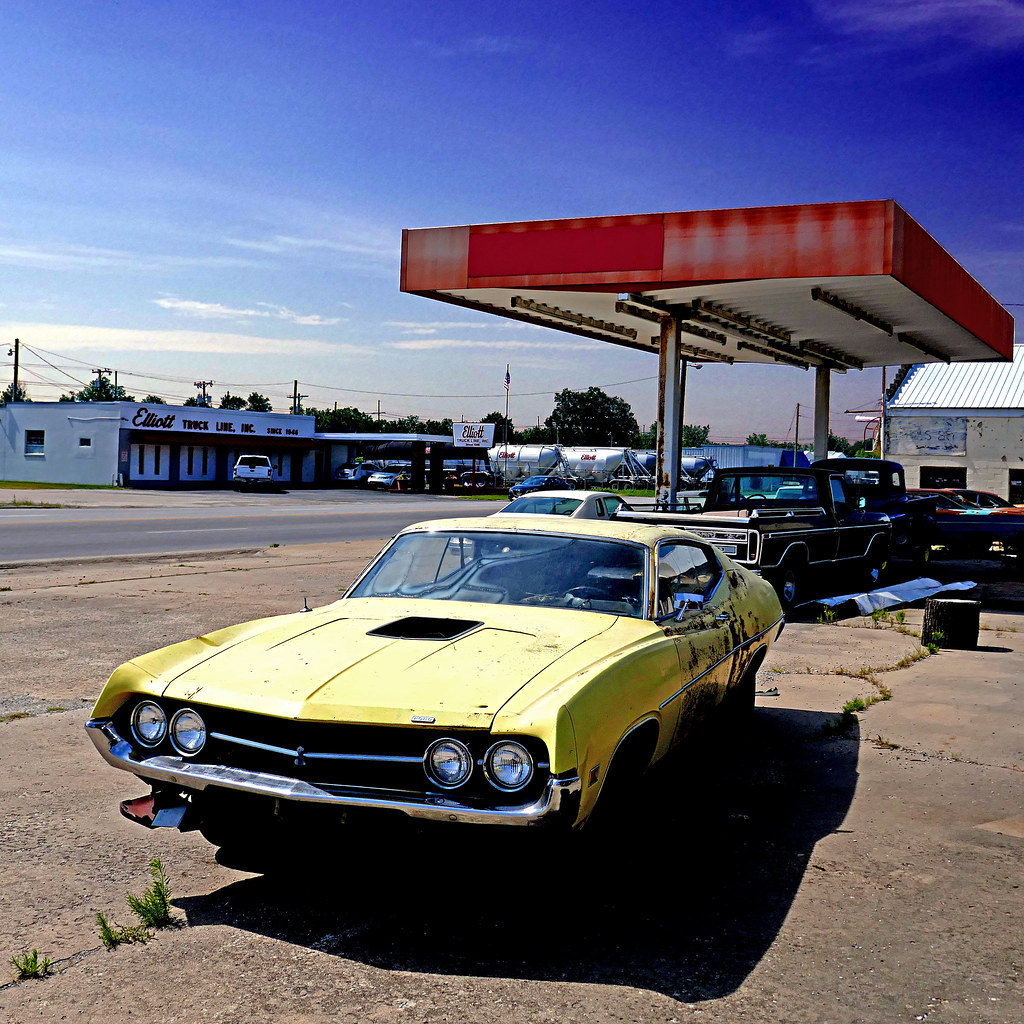
10. **Oklahoma: Tornado Alley’s Insurance Trials**Oklahoma, a state known for its dramatic weather patterns, including being a significant part of “Tornado Alley,” carries an average annual full coverage car insurance premium of $2,138. While specific legislative or demographic nuances are not detailed in the same way as other states, the pervasive threat of severe weather events plays a substantial role in shaping the insurance landscape for drivers across the Sooner State.
The state’s susceptibility to severe weather, particularly tornadoes, can result in widespread property damage, including significant harm to vehicles. Hail, high winds, and flooding from these events lead to numerous claims being filed simultaneously. This concentrated payout risk compels insurers to adjust their rates upwards to cover potential underwriting losses, making severe weather a significant driver of high premiums in Oklahoma.
Moreover, general factors common to states with higher insurance costs, such as the overall economic environment, including the cost of vehicle repairs and medical expenses, also contribute to Oklahoma’s position. Any increase in the cost of labor, parts, or healthcare services directly impacts the financial obligations of insurers, which are then passed on to policyholders. These broader economic pressures combine with environmental risks to elevate premiums.
Additionally, the presence of uninsured and underinsured drivers often adds another layer of financial risk for insurers and, by extension, for all responsible policyholders. When a significant portion of drivers lacks adequate coverage, the likelihood of uninsured motorist claims increases, compelling insurance companies to raise rates across the board to offset these potential liabilities. This dynamic further complicates the financial landscape for Oklahoma drivers.
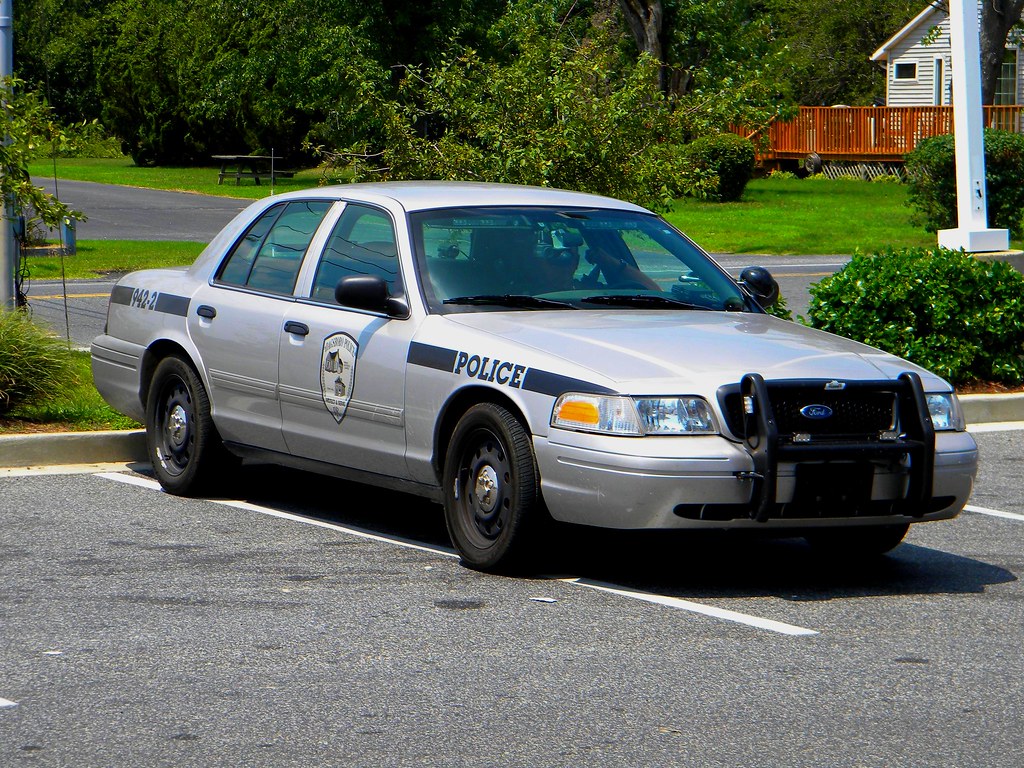
11. **Delaware: The First State’s Pricey Policies**Delaware, often referred to as “The First State,” ranks among the more expensive states for car insurance, with an average annual full coverage premium of $2,063. Its position on this list is largely influenced by its high population density and urbanized corridors, characteristics that mirror those found in many other top-tier states for insurance costs. These factors create an environment of increased risk for vehicles and drivers alike.
According to the U.S. Census, Delaware ranks eighth in population density nationally, a clear indicator of the crowded roads and heightened traffic congestion experienced within the state. As more vehicles share the roadways, the statistical probability of accidents and subsequent claims naturally increases. This higher frequency of incidents directly translates into greater financial outlays for insurance companies, necessitating higher premiums for residents.
Furthermore, states with dense populations and active urban centers can also face increased risks of car theft and vandalism. While not explicitly detailed for Delaware, these general urban challenges contribute to the overall risk profile that insurers evaluate when setting rates. The cost of replacing stolen vehicles or repairing vandalized property adds to the claim burden, pushing premiums upwards.
The specific demands of state-mandated coverage types can also play a role in shaping Delaware’s insurance costs. More extensive or unique requirements for minimum liability or other essential coverages can inherently increase the baseline cost of policies, even before other risk factors are considered. This regulatory framework, combined with urban risks and traffic density, culminates in higher car insurance rates for drivers in Delaware.
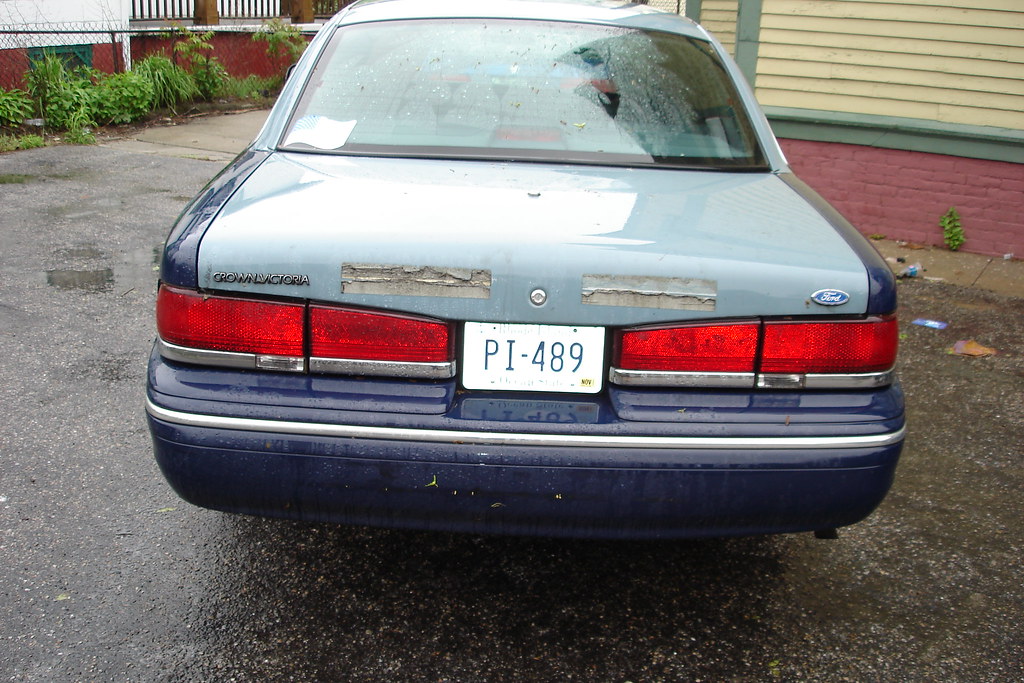
12. **Rhode Island: The Ocean State’s Elevated Rates**Rhode Island, the smallest state by land area, comes in with an average annual full coverage car insurance premium of $2,061, placing it firmly among the nation’s costlier states for vehicle protection. Much like its densely populated neighbor, Delaware, Rhode Island’s compact size combined with its urban and suburban concentration creates conditions that drive up insurance costs for its residents.
The high population density of the Ocean State inevitably leads to congested roadways, particularly around its urban centers. This increased traffic volume directly correlates with a higher incidence of car accidents and claims. Insurance companies, facing a greater likelihood of payouts due to these frequent collisions, must adjust their premiums accordingly to maintain solvency and profitability within the Rhode Island market.
Beyond accident frequency, the cost of living and doing business in a smaller, more densely packed state can also influence insurance rates. Factors such as the cost of vehicle repairs and medical expenses, driven by regional economic conditions, contribute to the overall expense structure for insurers. These localized economic realities, combined with the inherent risks of a crowded driving environment, directly impact premium calculations.
Moreover, a state’s legal environment, including the propensity for car insurance lawsuits, can significantly affect rates. While specific data for Rhode Island’s litigiousness is not provided, states with a higher number of legal challenges or larger settlement amounts will see insurers factor these potential costs into their pricing. This intricate interplay of density, economics, and legal dynamics contributes to Rhode Island’s consistently elevated car insurance premiums.
Read more about: The 10 States That Could Drain Your Retirement Savings: A Deep Dive into Tax Burdens
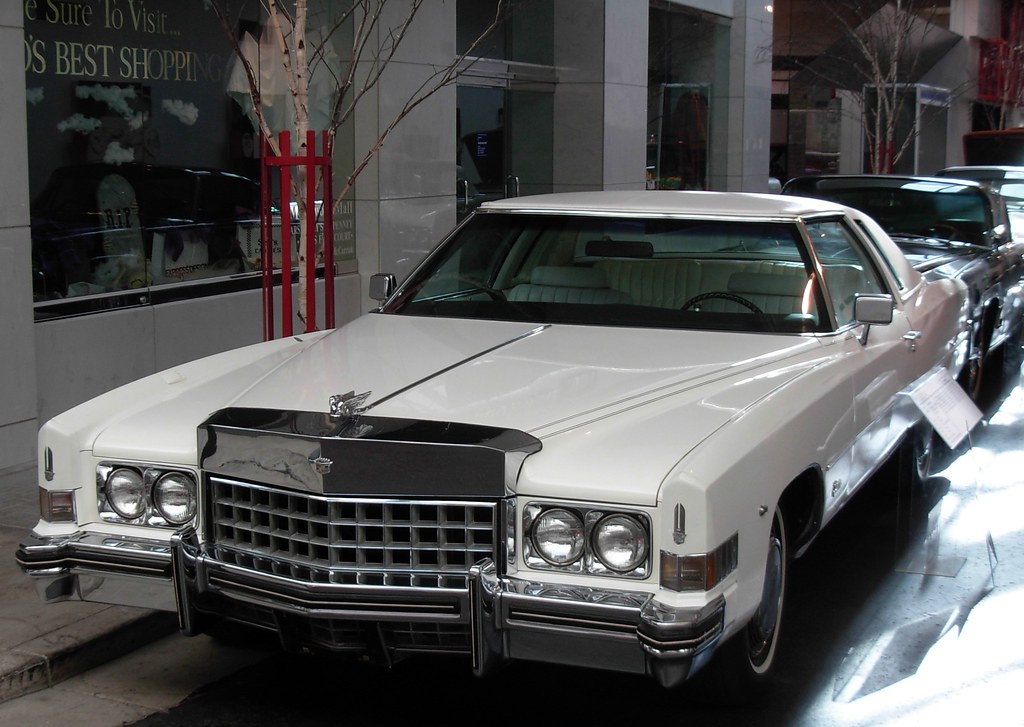
13. **Nevada: High Stakes for Silver State Drivers**Rounding out our list of the 13 most expensive states for full coverage car insurance is Nevada, where drivers face an average annual premium of $2,060. The Silver State’s unique blend of bustling metropolitan areas, significant tourist traffic, and specific legislative considerations contribute to its position among states with higher insurance costs, presenting a complex financial landscape for motorists.
The presence of large urban areas, particularly the vibrant city of Las Vegas, creates significant traffic density. This congestion is a primary driver of increased accident rates and, consequently, higher claims. The constant influx of tourist drivers, who may be unfamiliar with local roads and traffic patterns, can further complicate the driving environment, adding to the statistical risk for all motorists on Nevada’s roads.
Moreover, Nevada, like many states with elevated insurance costs, may grapple with general economic factors such as the expense of vehicle repairs and medical care. When the price of auto parts increases, or the labor required for repairs becomes more expensive, these higher costs are directly reflected in insurance premiums. The prevailing medical costs for treating injuries sustained in car accidents also impact the bodily injury portion of policies.
The combination of intense urban traffic, a transient driver population, and the baseline economic expenses for claims contributes to Nevada’s notably high car insurance rates. Additionally, factors like the prevalence of uninsured motorists or a particular legal climate, if present, would further compound these challenges, forcing insurers to price policies higher to manage their overall risk exposure in the Silver State.
**Beyond Full Coverage: High Costs for State-Minimum Liability Insurance**
While our primary focus has been on full coverage, it’s important to acknowledge that even the most basic level of protection—state-minimum liability insurance—can come with a hefty price tag in certain regions. These policies typically cover bodily injury and property damage for other drivers if you’re at fault, but they often fall short of covering your own medical bills or vehicle repairs. However, fulfilling these mandatory requirements can still be surprisingly costly.
Several states, many of which also feature prominently on the full coverage list, demand particularly high premiums for their minimum liability requirements. Florida leads this category with an average annual cost of $993 for state-minimum coverage. This is largely due to its no-fault laws and high rates of fraud, which inflate costs across the board. New Jersey follows closely at $853 annually, reflecting its high population density and the complex risks associated with crowded roadways.
Delaware ($788 annually) and New York ($731 annually) also stand out for their expensive state-minimum liability policies. New York is known for being highly litigious, meaning claims often result in bigger settlements and increased costs for insurers. Delaware, as we’ve noted, has a high population density, leading to more frequent accidents. Maryland rounds out the top five with an average premium of $727, another state where various local factors combine to push up essential insurance costs.
These figures underscore that drivers in these states face significant financial commitments even for the bare minimum of required coverage. The underlying reasons—ranging from no-fault systems and associated fraud to high population density and litigious environments—are consistent themes that drive insurance costs upward, regardless of the coverage level. Understanding these factors can help drivers anticipate and plan for these essential expenses.
**Navigating High Car Insurance Rates: Actionable Insights for Drivers**
For drivers residing in these high-cost states, the prospect of managing car insurance expenses can seem daunting. However, it’s crucial to remember that you are not necessarily stuck with the highest possible rate. Even in regions like Louisiana or Florida, there are proactive steps you can take to potentially lower your premium. Empowering yourself with knowledge and strategies can lead to significant savings.
One effective strategy is bundling your policies. Many insurers offer discounts when you combine your car insurance with other policies, such as home or renters insurance. This can lead to a considerable reduction in your overall premium. Another powerful lever is improving your credit score. Insurance companies often consider credit history as a factor in determining rates, as it can be correlated with financial responsibility.
Perhaps the most impactful advice is to compare quotes regularly. The insurance market is dynamic, with rates fluctuating based on various factors and individual insurers’ risk assessments. Shopping around and obtaining quotes from multiple providers every renewal cycle can uncover more budget-friendly options that better suit your current circumstances. This diligent approach ensures you’re not overpaying for coverage.
By actively pursuing these strategies—bundling, credit improvement, and consistent comparison shopping—drivers in states with historically high car insurance rates can mitigate the financial impact. While the state where you live undeniably plays a significant role in your insurance costs, your proactive efforts can still make a substantial difference in securing more affordable and suitable coverage.


